If you notice white spots on the leaves of your plant, don’t panic! In most cases, these spots are harmless and can be easily treated. Here’s what you need to do:
White Spots on Leaf Due to Sunburn
Sunburn can happen when the leaves are exposed to direct sunlight for too long. If you notice white spots on the leaves of your plant, it’s likely due to sunburn. The best way to prevent sunburn is to move your plant to a spot where it will get indirect sunlight. If the sunburn is severe, you may need to trim off the affected leaves.
Diseases
If you notice white spots on the leaves of your plant, it’s important to take action immediately. These spots are usually caused by diseases, which can quickly spread to other parts of the plant and even to other plants.
There are a few different diseases that can cause white spots on leaves, so it’s important to identify the specific disease before trying to treat it. It can spread quickly, so it’s important to treat it as soon as possible. One common disease is powdery mildew, which is caused by a type of fungus. This disease is characterized by white, powdery spots on the leaves.
This disease is caused by a different type of fungus, and it’s characterized by orange or brown spots on the leaves. Another disease that can cause white spots on leaves is called rust. Rust can also spread quickly, so it’s important to treat it as soon as possible.
One option is to use a fungicide. This is a chemical that will kill the fungus that’s causing the disease. Be sure to follow the directions on the fungicide carefully, as some fungicides can be harmful to plants if used incorrectly. There are a few different ways to treat diseases that cause white spots on leaves.
This can help to stop the spread of the disease, and it will also give the plant a chance to recover. Another option is to remove affected leaves from the plant.
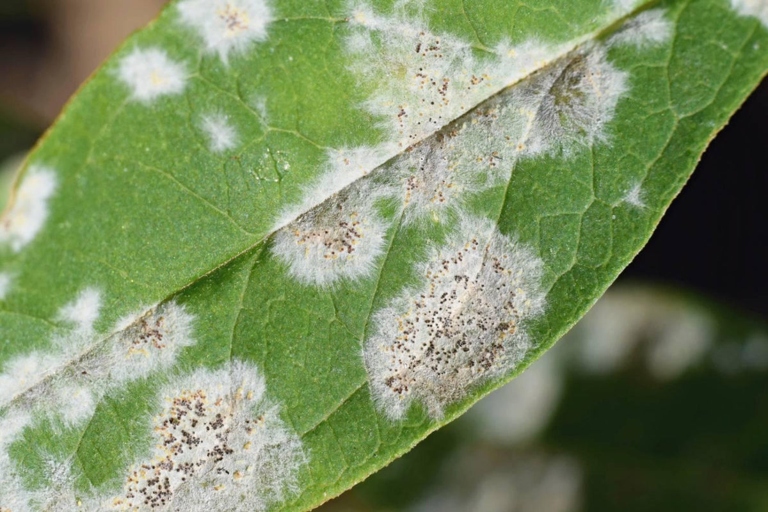
If you’re not sure what disease is causing the white spots on your plant’s leaves, it’s best to consult with a professional. They will be able to identify the disease and recommend the best course of treatment.
Dark Rims Around Light Spots
This can be caused by several factors, including insufficient light, improper watering, or poor soil quality. If you notice dark rims around light spots on the leaves of your plant, it is likely due to a nutrient deficiency.
To correct the problem, start by ensuring that your plant is getting enough light. It may be time to repot your plant in fresh, nutrient-rich soil. If it is not, move it to a brighter location. If you are watering your plant properly, check the quality of your soil.
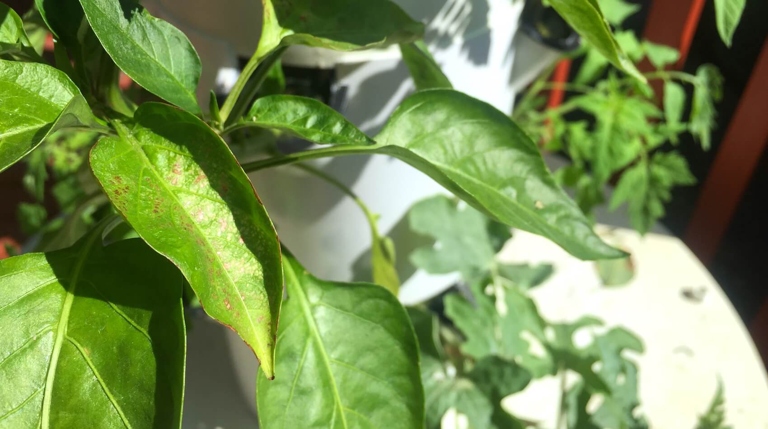
With a little care and attention, you can get your plant back on track and enjoying good health in no time!
Powdery Mildew
The most common symptom is the appearance of white, powdery spots on the leaves of the plant. Powdery mildew can cause the leaves of the plant to become distorted and discolored, and in severe cases, can cause the leaves to drop off. Powdery mildew is a type of fungal disease that can affect a wide range of plants. The fungus can also affect the stems and flowers of the plant.
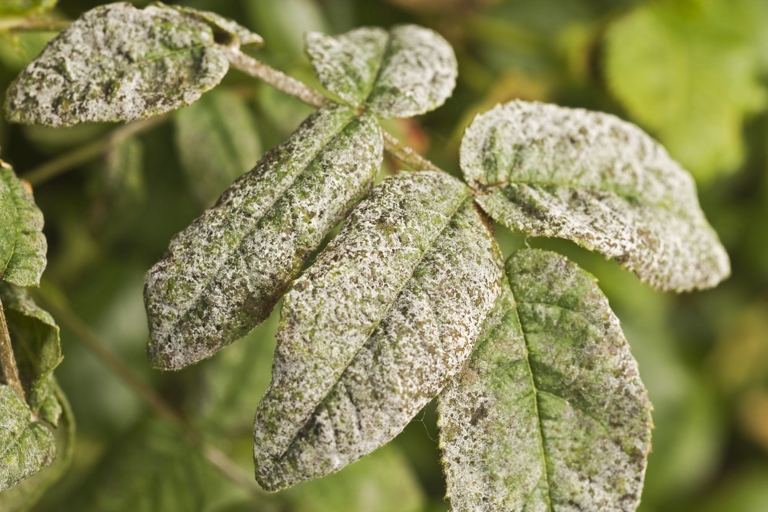
The best way to prevent powdery mildew is to keep the leaves of the plant dry. Powdery mildew is most commonly found in humid or moist conditions. If the leaves are already infected, there are a number of fungicides that can be used to treat the plant. The fungus can spread quickly in these conditions, and can be difficult to control.
The Mosaic Coloration of The Leaf
If you do notice mosaic coloration on your plants, you can try removing the affected leaves or treating the plant with an insecticide. The best way to prevent mosaic coloration is to keep your plants healthy and free of pests. The virus is spread by aphids and other insects and can be difficult to control. Mosaic coloration on leaves is caused by a virus and is one of the most common plant diseases.
White Spots that are Convex in Shape
Fungal infections are common in plants and can be caused by a variety of factors, including too much moisture, poor drainage, or even stress. If you have noticed white spots on the leaves of your plant that are convex in shape, it is likely that your plant has a fungal infection.
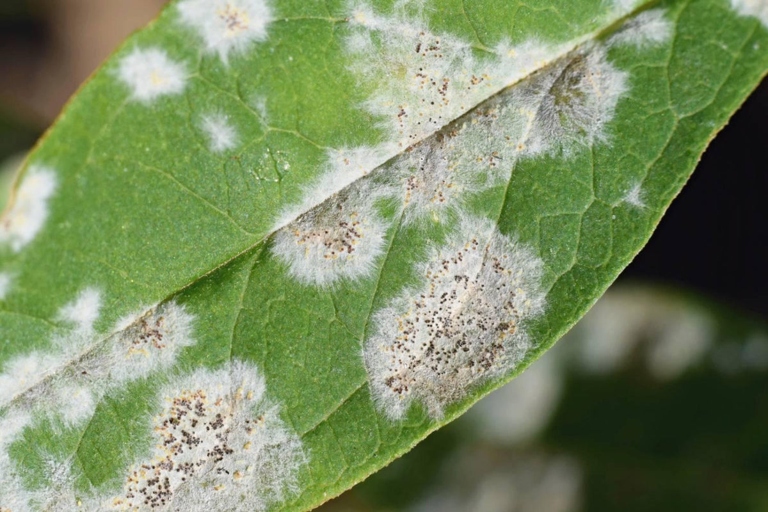
There are a few different ways to treat a plant with a fungal infection, but the most important thing is to remove any affected leaves from the plant. You can also try spraying the plant with a fungicide, but be sure to follow the directions on the label carefully. This will help to prevent the spread of the infection.
If you take care of your plant and remove any affected leaves promptly, the plant should recover from the infection and return to good health.
Insect Infestation
If you’ve noticed white spots on the leaves of your plant, it’s likely due to an insect infestation. These pests can cause serious damage to your plant, so it’s important to take action immediately.
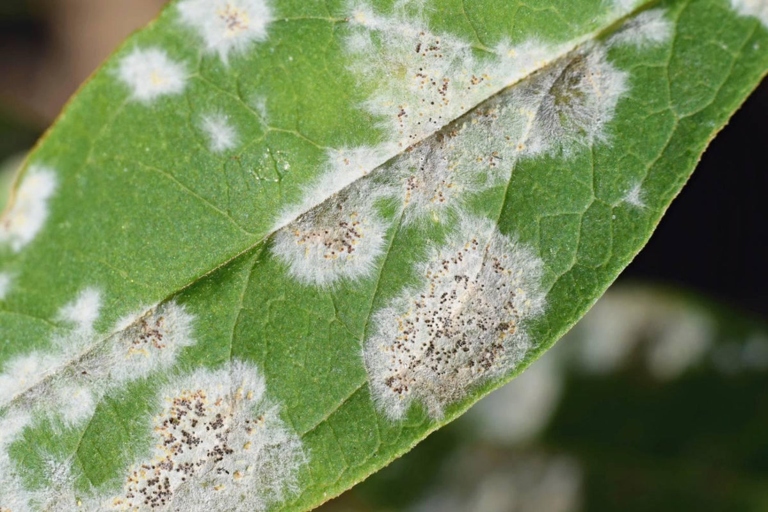
You can use a pesticide, or you can try a natural method like using soap and water. If you have a serious infestation, you may need to bring in a professional to help get rid of the pests. There are a few different ways to get rid of insects on your plants.
If you notice any white spots on the leaves of your plant, take action immediately to get rid of the pests. Insect infestations can be a serious problem for your plants.
Spider Mite
In severe infestations, leaves may drop off completely. If you suspect your plant has spider mites, look for small, white spots on the leaves. You may also see webbing or fine silk threads on the leaves or stems. Spider mites feed by piercing plant leaves and sucking out the sap, which can cause leaves to turn yellow, brown, or mottled. You can also try using a natural insecticide or making your own insecticidal soap. To confirm an infestation, hold a white sheet of paper underneath a leaf and tap the leaf gently. These pests are most often found in hot, dry conditions and can quickly multiply, leading to extensive damage to your plants. Spider mites are tiny pests that can cause big problems for your plants. Be sure to check your plants regularly for spider mites and take action as soon as you see them to prevent extensive damage. If spider mites are present, you’ll see small moving dots on the paper. To get rid of spider mites, start by spraying your plant with water to knock them off.
Thrips
If you’ve ever noticed small, white spots on the leaves of your plants, chances are they’re caused by thrips. While they’re not usually harmful to humans, they can cause serious damage to crops. Thrips are tiny, winged insects that feed on the sap of plants.

Thrips are difficult to control because they reproduce quickly and can spread quickly from plant to plant. The best way to prevent thrips is to keep your plants healthy and free of stress. If you do find thrips on your plants, you can remove them by hand or use an insecticide.
Leaf Miners
While leaf miners can be a nuisance, they are not typically harmful to plants and can be controlled with a few simple steps. Leaf miners are small insects that tunnel through the leaves of plants, causing the leaves to develop white spots.
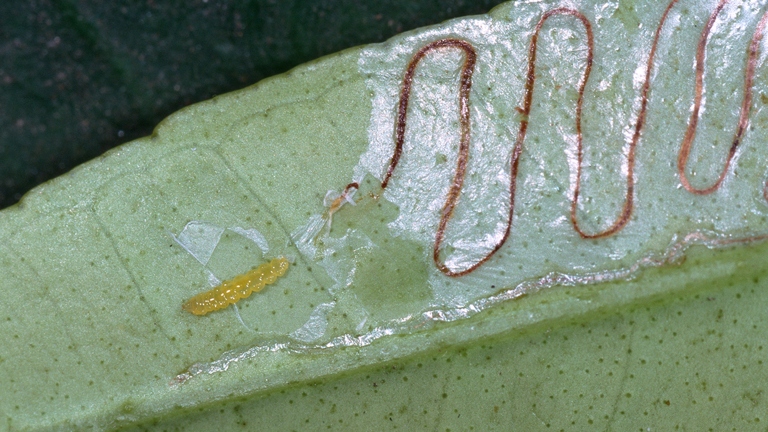
Finally, treat the plant with an insecticide designed for leaf miners. Next, prune away any affected branches. To control leaf miners, start by removing any affected leaves from the plant. This will help to prevent the insects from spreading. Be sure to follow the instructions on the insecticide label carefully.
With a few simple steps, you can control leaf miners and keep your plants looking their best.
Nutritional Deficiencies
If your plant’s leaves are turning white, it could be a sign of a nutritional deficiency. While there are many possible causes, the most common are lack of nitrogen, phosphorus, or potassium.
If the deficiency is due to a lack of phosphorus, you can try adding a phosphorus-rich fertilizer. And if the deficiency is due to a lack of potassium, you can try adding a potassium-rich fertilizer. If the problem is due to a lack of nitrogen, you can try adding a nitrogen-rich fertilizer to the soil.

Once you know which nutrient is lacking, you can take steps to correct the deficiency and help your plant thrive. If you’re not sure which nutrient your plant is lacking, you can take a sample of the soil to a local nursery or garden center for testing.
Minerals Accumulate Due to Watering with Hard Water
If you do use tap water, let it sit for a day or two to allow the minerals to settle out before watering your plants. While these spots don’t necessarily mean your plant is unhealthy, they can indicate that it’s not getting the nutrients it needs. To prevent mineral buildup, water your plants with distilled or filtered water instead of tap water. Minerals in hard water can quickly accumulate on the leaves of your plants, causing unsightly white spots.
The Unique Characteristics of Particular Varieties
First, each plant variety is unique in its own way, so there is no one-size-fits-all answer. Finally, the severity of the white spots can vary depending on the plant variety. When it comes to the unique characteristics of particular varieties, there are a few things to consider. Secondly, some plant varieties are more susceptible to developing white spots on their leaves than others.
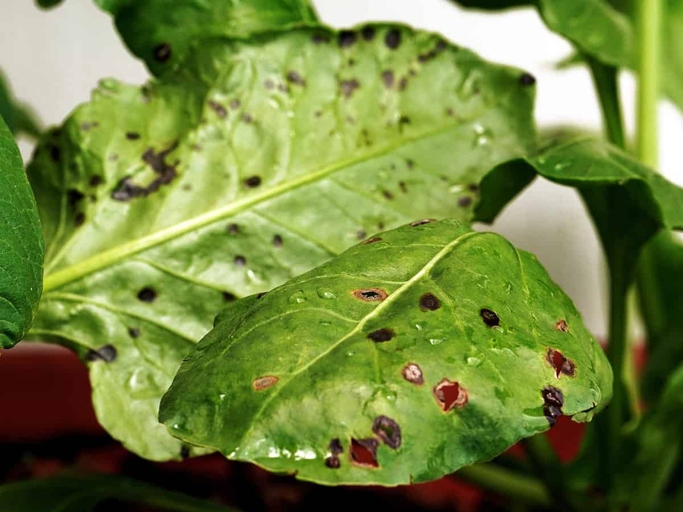
However, Peace Lilies are also very sensitive to water stress and can easily develop white spots on their leaves if they are not properly watered. One plant variety that is particularly susceptible to developing white spots on its leaves is the Peace Lily. This variety is known for its large, white flowers and its ability to thrive in low-light conditions.
Like Peace Lilies, Snake Plants are also sensitive to water stress and can develop white spots on their leaves if they are not properly watered. Another plant variety that is susceptible to developing white spots on its leaves is the Snake Plant. Snake Plants are known for their unique, upright leaves that are often variegated with white and green stripes.
However, white spots on the leaves of a Snake Plant can be much larger and can potentially cause the leaves to yellow and die. For example, white spots on the leaves of a Peace Lily are typically small and do not cause much damage to the plant. Finally, the severity of the white spots can vary depending on the plant variety.
Final Words
When it comes to the health of your plants, it’s important to be able to identify the signs of trouble. While this can be caused by a number of different things, it’s important to take action to figure out the cause and treat the problem. One common issue that gardeners face is white spots on the leaves of their plants.
If you see any of these pests, you’ll need to take steps to remove them. Aphids, mealybugs, and scale are all common culprits. If you notice white spots on the leaves of your plants, the first thing you should do is check for pests.

Another common cause of white spots on leaves is fungal diseases. If you suspect that this is the problem, you’ll need to treat the plant with a fungicide.
If you think this might be the issue, you’ll need to fertilize your plant with a product that contains the missing nutrient. Finally, white spots can also be caused by mineral deficiencies.
They’ll be able to help you diagnose the problem and find the best solution. If you’re not sure what’s causing the white spots on your plant’s leaves, it’s best to consult with a professional.
Frequently Asked Questions
What are white spots on leaves of plants?
White spots on leaves of plants are usually caused by a fungal or bacterial disease. The spots are often surrounded by a yellow halo.
What causes white spots on leaves of plants?
White spots on leaves of plants are usually caused by a fungal or bacterial disease. The spots are often surrounded by a yellow halo.
What are the symptoms of white spots on leaves of plants?
The symptoms of white spots on leaves of plants include small, white spots on the leaves. The spots are often surrounded by a yellow halo.
How do you treat white spots on leaves of plants?
To treat white spots on leaves of plants, you can use a fungicide or bactericide. You can also remove affected leaves and destroy them.
How can you prevent white spots on leaves of plants?
To prevent white spots on leaves of plants, you can use a fungicide or bactericide. You can also remove affected leaves and destroy them.
Final thoughts
If you notice white spots on the leaves of your plant, don’t panic. There are a few things you can do to save your plant. First, try to identify the cause of the problem. If the spots are caused by a fungus, you can treat them with a fungicide. If the spots are caused by insects, you can remove the insects with a pesticide. If the spots are caused by a disease, you can treat the plant with a fungicide or an insecticide. If the spots are caused by a nutrient deficiency, you can fertilize the plant.
